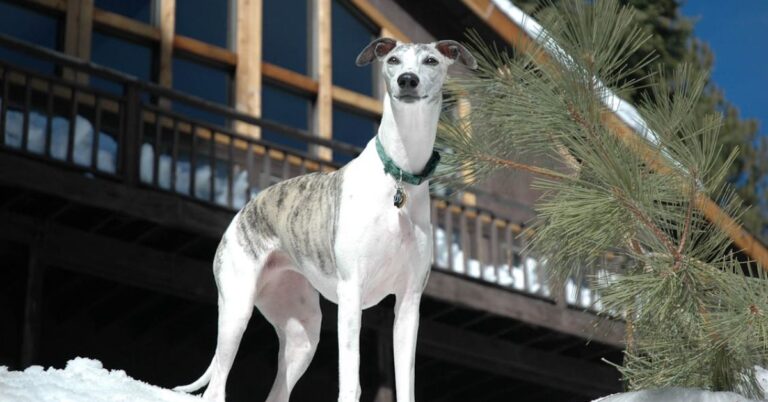What Happened When Dogs Took Over Runway Patrol In West Virginia

At West Virginia’s busiest airport, the top security officers don’t wear badges—they wear fur. Meet the dogs who’ve turned runway patrol into an art form. With noses keener than any radar and instincts that never clock out, these four-legged pros are making air travel smarter, safer, and surprisingly heartwarming.
Daily Patrols Keep Wildlife At Bay

Every day, Hercules and Ned patrol a full mile of runway to scare off birds and animals. These trained dogs walk up to 6 miles through all kinds of weather, and their consistent presence deters wildlife that could otherwise collide with planes in mid-air.
Specialized Training For Airport Safety
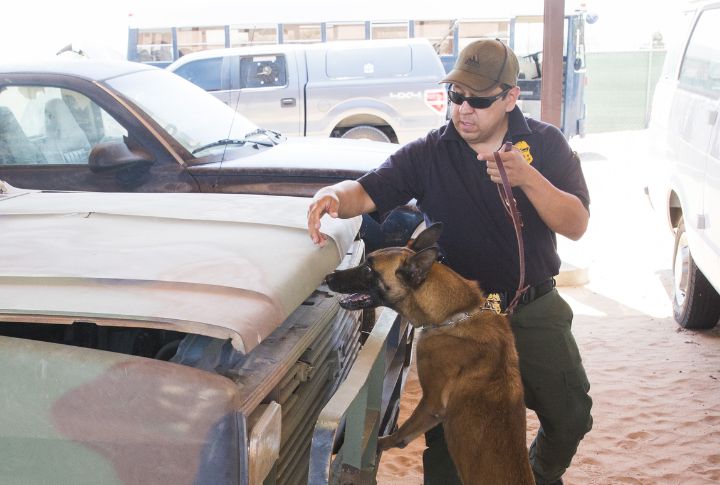
Hercules completed 18 months of intensive training through Flyaway Geese. Ned gained experience through herding goats and geese before joining the team. Their backgrounds make them ideal for this job. Instead of using force, they rely on instincts and agility to control runway hazards.
Significant Reduction In Wildlife Strikes
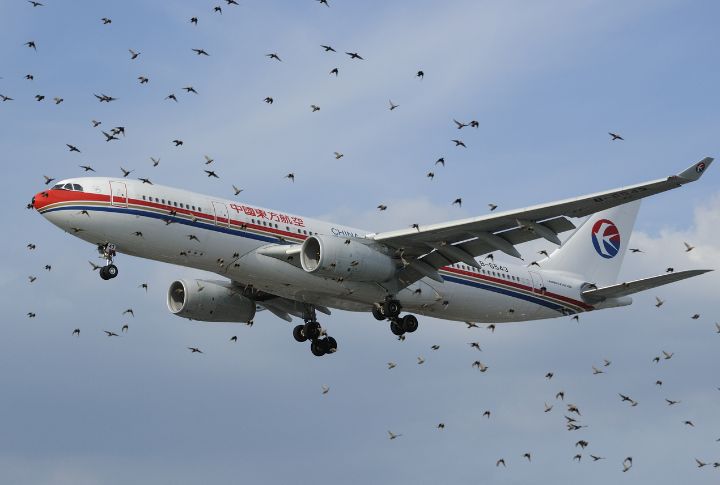
Since these dogs joined the airport team, wildlife strike incidents have dropped by 70 percent. Fewer birds and animals on the runway mean safer takeoffs and landings. This has reduced both flight delays and costly maintenance caused by unexpected collisions with wildlife.
Responding To Real-Time Wildlife Sightings
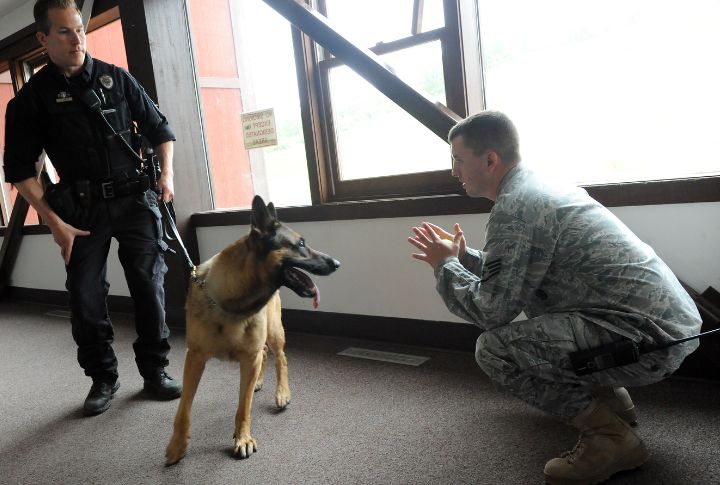
Control towers alert the dog team immediately when wildlife is spotted. Hercules and Ned react quickly, whether it’s a bat or a deer. With trained precision, they reroute their patrol to intercept and guide the animal away—no hesitation, just instinct honed into action.
Comforting Anxious Travelers
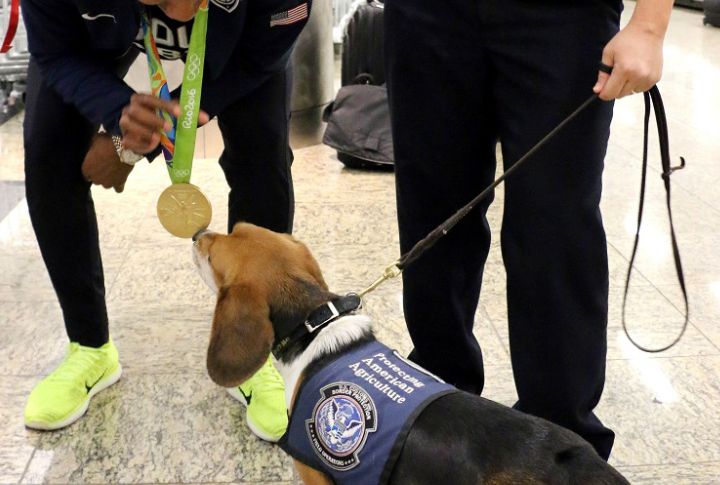
Hercules also helps nervous passengers inside the terminal. He acts as a comfort dog when off-patrol, easing stress before flights. A favorite among children, he’s even been featured in a kids’ book. Many travelers also enjoy following his airport adventures on social media.
Adaptation To Mountainous Terrain
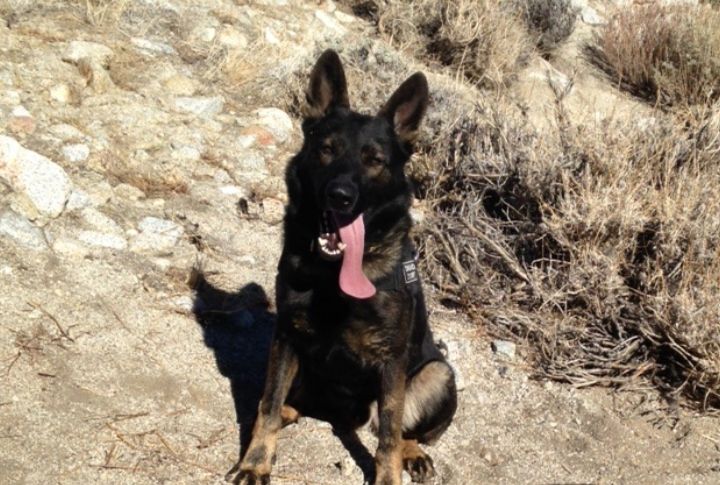
The airport’s mountaintop location attracts diverse wildlife, especially during rain. Worms surface, drawing birds closer to runways. Hercules and Ned adjust patrols to match these weather-driven spikes. Their ability to adapt to this complex environment plays a critical role in keeping planes safe.
Non-Lethal Wildlife Deterrence

Animals aren’t harmed during these patrols. Instead of aggression, the dogs use natural herding instincts to move wildlife away. Birds and mammals see them as predators—similar to coyotes and flee on instinct. This approach eliminates the need for traps or weapons and offers a humane, long-term solution for airport safety.
Community Engagement And Education
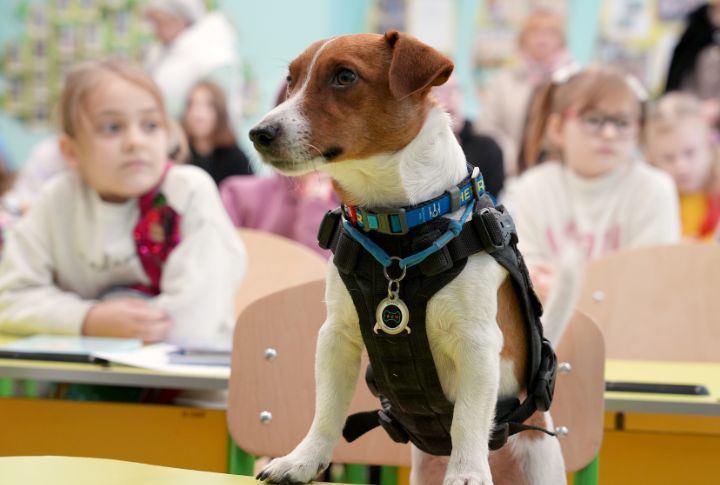
These dogs show up for the community, too. At school visits and local events, kids learn how airports stay safe without harming animals. Dressed in holiday costumes or airport gear, they steal the spotlight. Their outreach brings smiles and strengthens the public connection to airport operations.
Round-The-Clock Vigilance
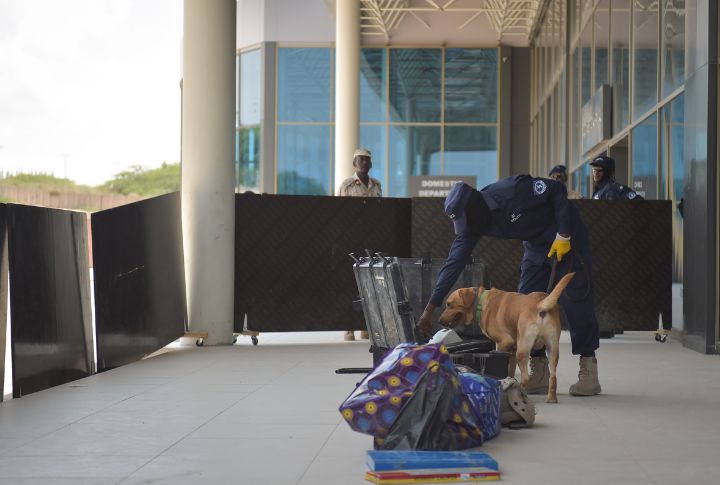
Workdays for these dogs start at sunrise and can run late into the night. Through heavy rain or intense heat, they patrol tirelessly across the runway. It’s a boots-on-the-ground approach that adds real-time protection far beyond what sensors or machines can offer.
Reducing Noise Deterrents And Environmental Impact
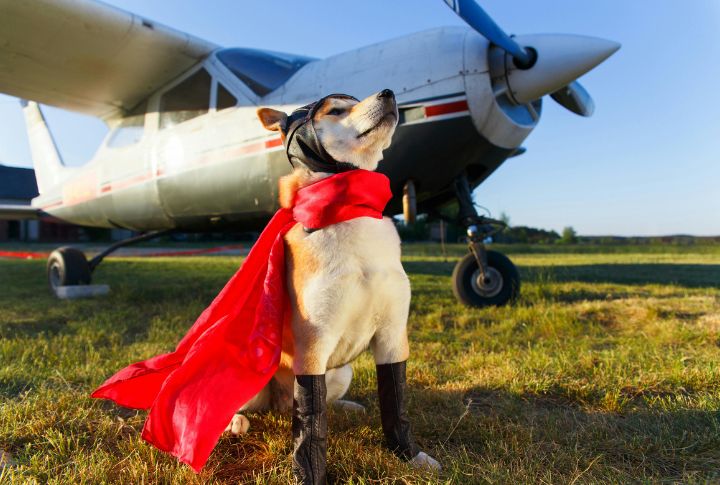
Before Hercules and Ned joined the team, airports often relied on loud pyrotechnics or propane cannons to scare away wildlife. While effective, these methods created noise pollution and disturbed nearby communities. The dogs provide a quieter, eco-friendly alternative, keeping wildlife away without the environmental drawbacks of traditional deterrent systems.





